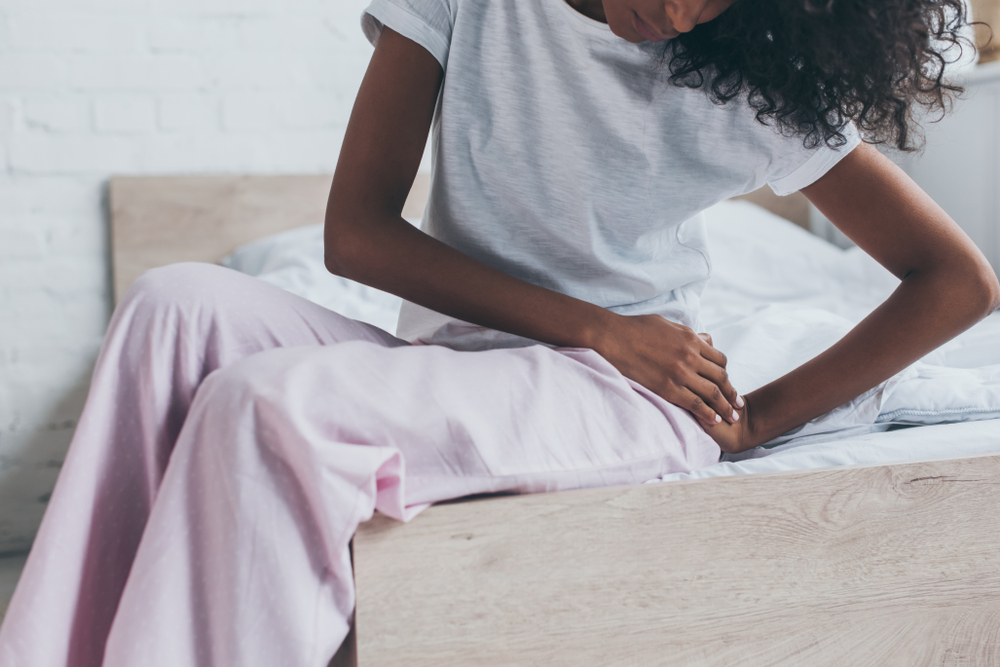Hip pain is a widespread issue for women, particularly as they reach middle age and beyond. Yet, it often goes unrecognized, dismissed as a natural consequence of aging or an unavoidable part of life. Many women endure discomfort for years before seeking help, unaware that effective treatments exist.
Unlike men, women face unique biological and hormonal challenges that make them more susceptible to hip pain. The structure of the female pelvis, fluctuations in hormone levels, and lifestyle factors all contribute to the development of chronic pain. Understanding the causes of this condition is the first step toward finding real solutions.
How anatomy and hormones contribute to pain
Women’s hip structure allows greater flexibility, but also more stress. The female pelvis is naturally wider to accommodate childbirth, which changes the alignment of the hip joints. This increased range of motion may be beneficial for activities like dancing or yoga, but it also places additional strain on the joints, tendons, and ligaments. Over time, this added stress can lead to pain and wear-and-tear injuries.
Hormonal changes also play a major role. Estrogen, a hormone that helps maintain joint and bone health, fluctuates throughout a woman’s life. During pregnancy, estrogen increases, causing ligaments to loosen, which can contribute to hip instability. Later in life, as estrogen levels drop during menopause, joint cartilage loses its protective cushioning, increasing the risk of osteoarthritis. These hormonal shifts make women more vulnerable to chronic hip pain compared to men.
The most common causes of hip pain in women
Osteoarthritis is a leading cause of hip pain, especially in women over 50. This degenerative condition wears down the protective cartilage in the hip joint, leading to pain, stiffness, and reduced mobility. Women are more likely than men to develop osteoarthritis, partly due to hormonal influences and bone density differences.
Bursitis is another common issue. The bursae, small fluid-filled sacs that cushion the hip joint, can become inflamed due to repetitive movements or prolonged pressure. This condition causes sharp, localized pain, particularly when walking or climbing stairs.
Hip impingement, a condition where bones in the hip joint rub against each other abnormally, is often overlooked in women. It can develop due to anatomical differences and lead to long-term damage if untreated.
Pregnancy-related hip pain is also a frequent complaint. The added weight of carrying a baby shifts the body’s center of gravity, placing extra stress on the hips. The release of relaxin, a hormone that loosens ligaments in preparation for childbirth, can further destabilize the hip joints, leading to discomfort.
In some cases, hip pain results from injuries like fractures or labral tears, but even in the absence of an obvious injury, long-term discomfort should not be ignored.
How hip pain affects daily life
Simple movements become difficult when hip pain interferes with mobility. Climbing stairs, sitting for long periods, or even getting out of bed can become painful and exhausting. Many women adjust their movements to compensate, which can lead to additional strain on the lower back and knees.
Beyond the physical impact, hip pain takes an emotional toll. Chronic discomfort can limit social activities, exercise routines, and even work responsibilities. Some women hesitate to seek treatment, fearing that surgery is their only option, but early intervention often leads to noninvasive solutions that restore mobility and comfort.
Finding the right treatment options
Addressing hip pain starts with identifying the cause and choosing an appropriate treatment plan. Many cases of hip pain respond well to noninvasive treatments, but severe conditions may require more advanced interventions.
Physical therapy plays a crucial role in managing hip pain. Strengthening the muscles surrounding the hip joint can improve stability and reduce stress on the bones and ligaments. Targeted exercises focus on improving flexibility and correcting posture, helping to prevent future pain.
Medication can provide relief, particularly anti-inflammatory drugs that reduce swelling in the joint. However, long-term reliance on medication alone is not a sustainable solution.
For severe or persistent pain, corticosteroid injections may help reduce inflammation in the hip joint. In cases where the joint is significantly damaged, surgical options such as hip replacement or arthroscopy may be necessary.
Preventing hip pain before it starts
Taking proactive steps to maintain joint health can significantly reduce the risk of developing hip pain. Maintaining a healthy weight is one of the most effective strategies, as excess body weight increases stress on the hip joints.
Regular exercise that strengthens the core and lower body can help keep the hips stable. Low-impact activities like swimming, cycling, and Pilates are particularly beneficial. Stretching routines that promote flexibility in the hips, lower back, and thighs can also prevent stiffness and discomfort.
Proper footwear is another often-overlooked factor. Wearing supportive shoes reduces strain on the hips and prevents misalignment in the lower body.
For women approaching menopause, discussing bone health with a doctor is essential. Calcium and vitamin D supplementation, along with weight-bearing exercises, can help maintain bone density and prevent osteoporosis-related fractures.
A future of better awareness and solutions
The conversation around women’s hip pain is shifting, with greater recognition of the unique challenges women face. Increased awareness, improved treatment options, and a focus on prevention are helping more women find relief and regain mobility.
Too often, women assume that hip pain is just an inevitable part of aging. But with the right care, many cases can be managed or even prevented. Seeking medical advice at the first signs of discomfort can lead to better long-term outcomes, reducing the risk of complications and improving quality of life.
For any woman experiencing ongoing hip pain, the message is clear: you don’t have to suffer in silence. Understanding the root causes, exploring treatment options, and making proactive lifestyle changes can make all the difference in maintaining mobility and comfort for years to come.

















